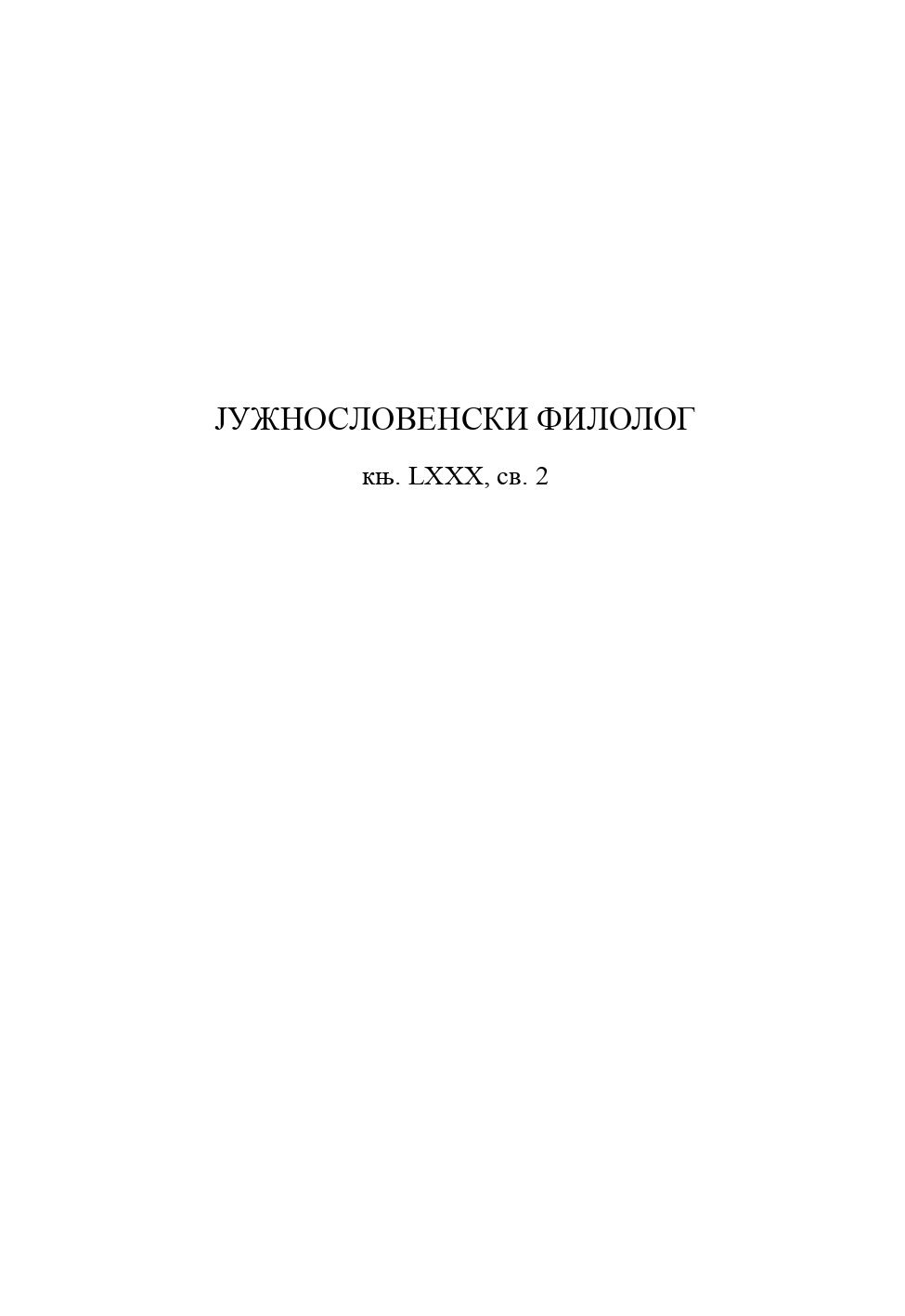
IN THE PURGATORY OF TWO DICTATORSHIPS. NATIONAL SOCIALIST AND COMMUNIST ASPECTS IN SELECTED WORKS BY HERTA MÜLLER
Born in 1953 in Banat, Romania, Nobel Prize winner Herta Müller is a Romanian-German author who spent her childhood and youth under the communist dictatorship until 1987, when she emigrated to the Federal Republic of Germany. In a reading organised by the Adenauer Foundation in 2009, Herta Müller spoke about her themes and explained that ‘her books are always about dictatorship, about the planned destruction of the individual, who doesn't count at all in a totalitarian society. ’In her early works in particular, the Romanian-German author deals with the effects of National Socialism on the German community from Romania, mainly on the Banat village community.’ In contrast, Müller's novels, which were written in Germany, thematise the communist dictatorship under which the author herself suffered. Her novels reflect experiences and traumas, mechanisms of oppression and violence from the Romanian dictatorship; she makes no reference to National Socialism in Germany. Dealing with the past is a necessity for the author, but it is not an easy undertaking. For in the dictatorship there are victims and perpetrators, victims who have become perpetrators, perpetrators who have become victims, witnesses and hangers-on, forming a system of entanglements. Herta Müller's work is known for its profound insights into topics such as oppression, persecution, isolation and memory. In this article, a thematic analysis of how both dictatorships were treated will be undertaken using a corpus of selected works. The text corpus comprises several stories from her early work - Niederungen (1982), Barfüßiger Februar (1987) - and the trilogy of novels: Der Fuchs war damals schon der Jäger (1992). Herztier (1994), Heute wär ich mir lieber nicht begegnet (1997). Herta Müller argues in favour of a literature that is existentially authenticated and formed from experience; she uses autofiction as a model of discourse.
More...
